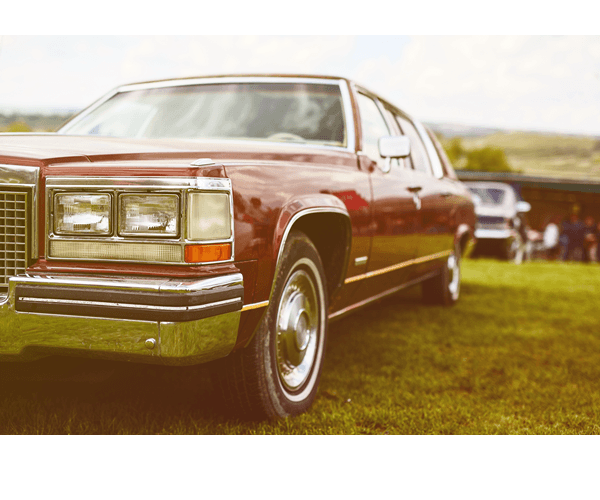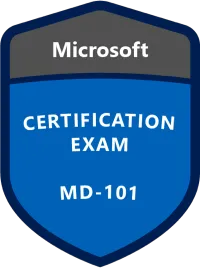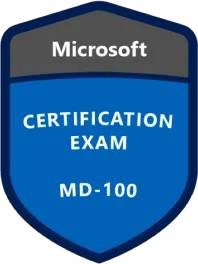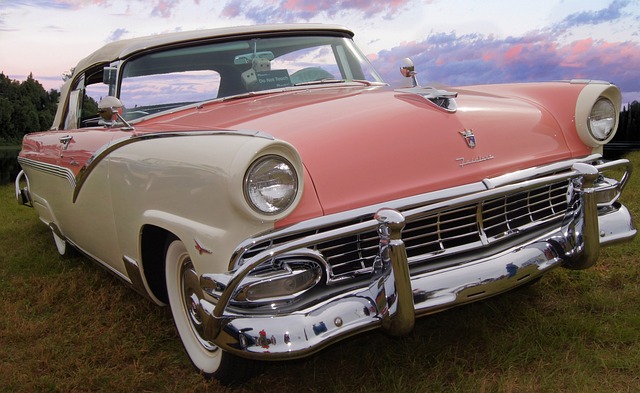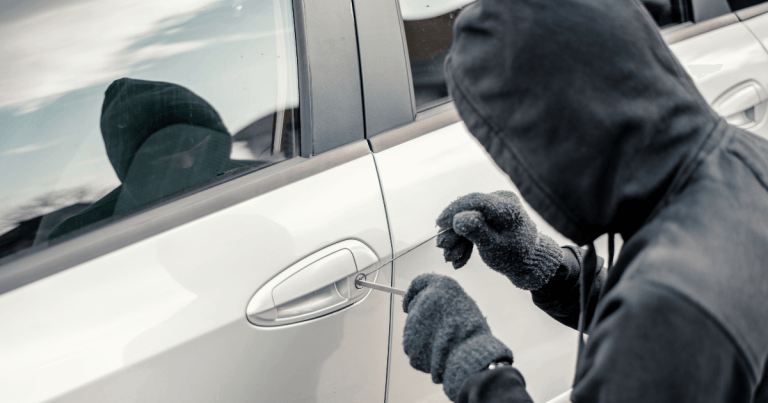In the automotive world, a Vehicle Identification Number (VIN) is a crucial code that identifies each individual vehicle. A modern VIN is 17 digits long and highly standardized. But if you got a classic or vintage car produced before 1981 – the year when the VIN system was set in place – your VIN could be between 5 and 17 digits and differ from the modern format.
Being less than 17 digits long doesn’t make a pre-1981 VIN any less important or more difficult to decode. In fact, every car has a story to tell, and for an old vehicle, that story can be especially rich and colorful. In this article, we’ll show you 5 ways to run a pre-1981 VIN lookup to help you dig into that story and unveil its full past. Read on…
1. Classic Car VIN lookup with BeenVerified
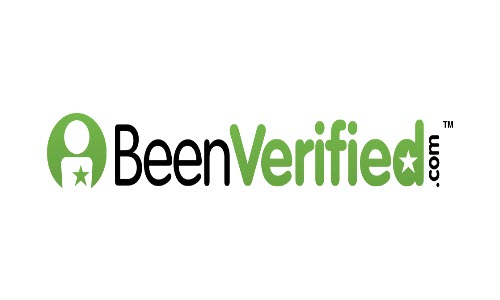
Whenever you want to research an old vehicle, just make BeenVerified your first stop. BeenVerified is a reputable provider of vehicle data. By collecting vehicle information from a wide range of sources, it maintains a vast database for both pre-1981 vehicles and later models.
A simple VIN lookup with BeenVerified may give you a detailed snapshot of a car’s history, including its parts and features (whether it’s been modified or restored), distances traveled, accidents it has been involved in, services it has received, times it has changed ownership, market value and other exciting tidbits of information.
Here is how to run a pre-1981 VIN lookup with BeenVerified:
- Go to BeenVerified Vehicle Search.
- Enter your old car’s VIN and click SEARCH.
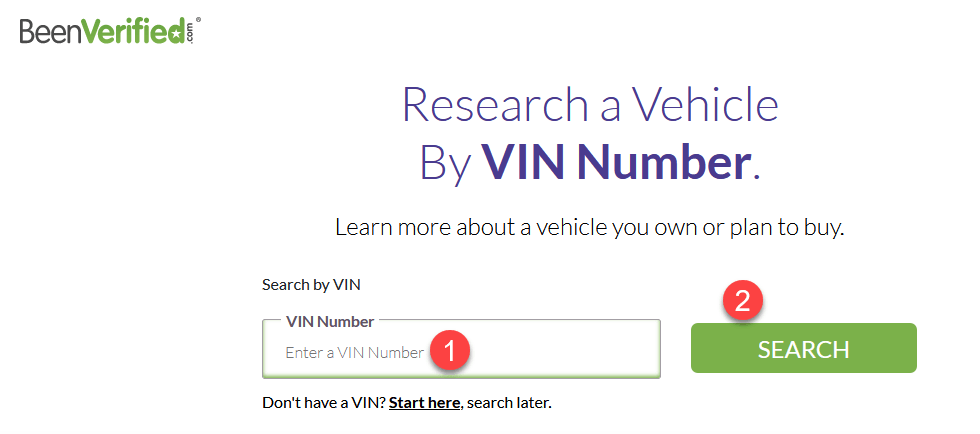
- Wait a few seconds for BeenVerified to search its database. Once it locates a match, it will gather the associated records and compile them into a report for you.

2. Pre-1981 VIN lookup with Bumper

Are you a car enthusiast and you’re looking to add a vintage or classic car to your collection? If yes, then Bumper can be a great choice. With Bumper, you can search by VIN, license plate number, or Year, Make, and Model to get a vehicle history report. A Bumper report usually gives you insights into a car’s facts and history, including its specs, records (such as accidents and repairs), owners, etc.
Bumper is also an all-in-one marketplace where you can browse hundreds of old cars, compare vehicles side by side, as well as getting an expert estimate of a used car’s value. It is truly a one-stop shop for used vehicles.
- Go to Bumper Vehicle Search.
- Enter the VIN and click SEARCH.
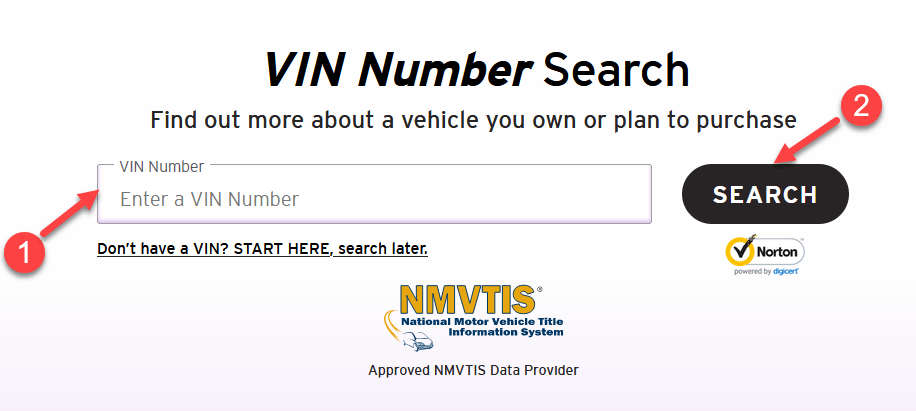
- Sit tight as Bumper taps into its database and pulls a detailed vehicle history report for your old car. Once it’s ready, unlock the report.
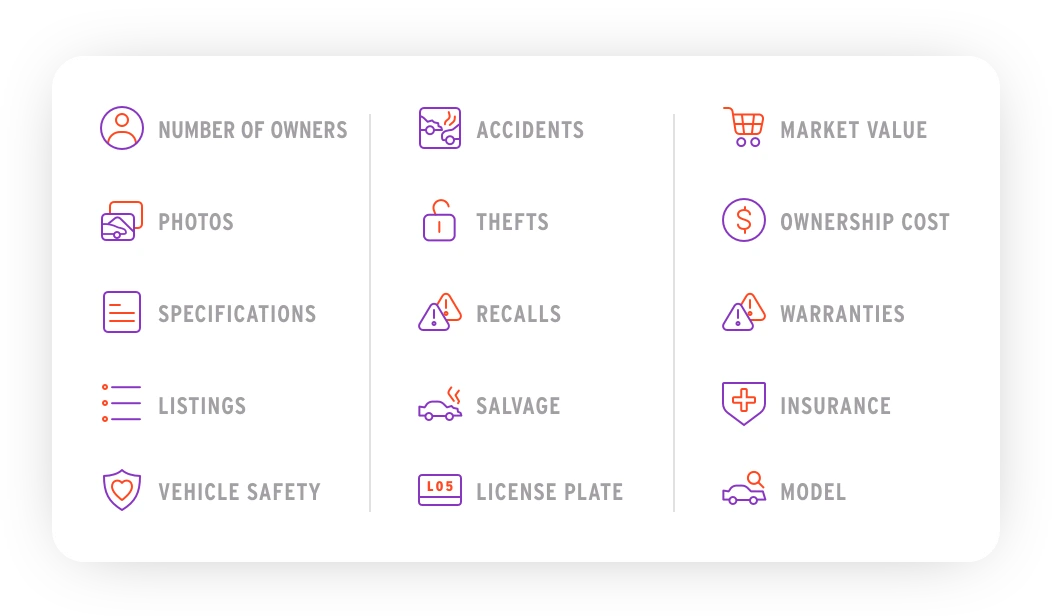
3. Old car VIN check with EPICVIN

Vehicle data providers differ in their databases and data sources. If BeenVerified and Bumper didn’t give you joy, consider EPICVIN.
EPICVIN is an NMVTIS-certified provider. With genuine and trustworthy data sources, EPICVIN is designed to give you a comprehensive overview of a car’s info. According to users’ feedback, EPICVIN doesn’t just give you a rundown of a car’s features but also alerts you to potential issues that could impact a car’s reliability and value (e.g. odometer tampering, theft records, undisclosed accidents or damage).
- Go to the EPICVIN official website.
- Pop in your car’s digits, then click Check VIN.
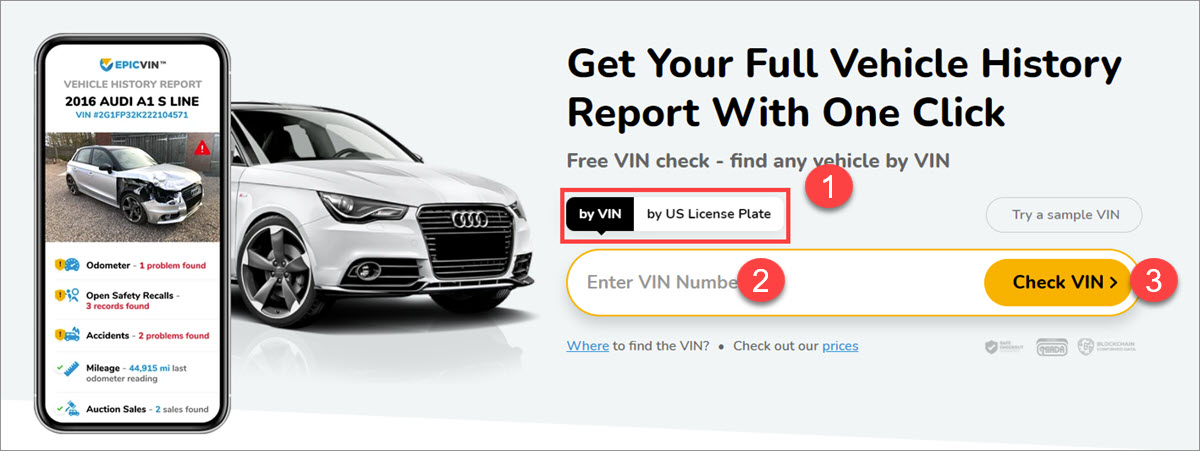
- EPICVIN will start scouring its database for matching records. Once done, it will generate a report containing all the available records associated with the VIN.
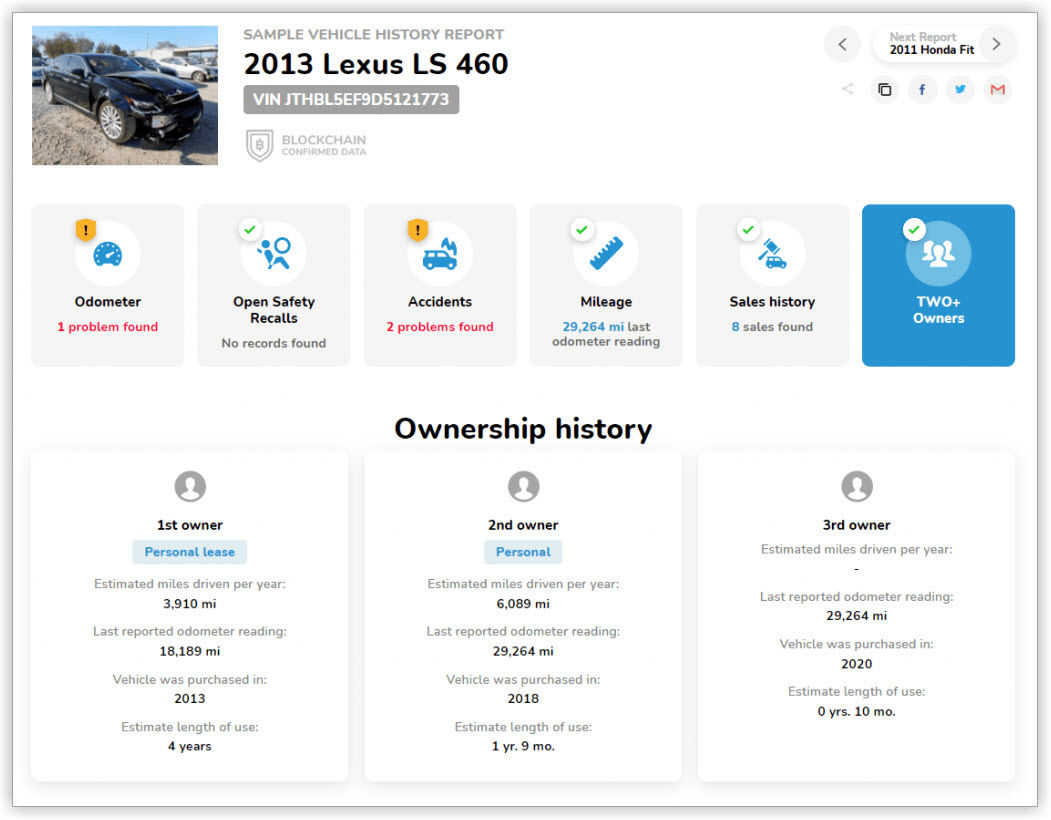
4. Check The Classic Car Database
Another way you can research your old car is The Classic Car Database. Just as it reads, The Classic Car Database is an online database designed specifically for old cars (dating as far back as 1910). You can enter the year and make, then within seconds, it will churn out results of models that match your information. From there, locate your model and click to check out further details.

In the meantime, The Classic Car Database has worked with VINData History to provide you with vehicle history reports. Just feed your VIN into its engine, and it will take you to the VINData History site. This service is not free though. To obtain a report, you will need to pay $9.99 for a single report or purchase a package of 5 reports at $4 each.
5. Contact the manufacturer

Most major car manufacturers have detailed records on file for older models. So, as a last approach, you can contact your car’s manufacturer directly to see if they can provide you with valuable information.
To begin, gather as much information as possible about the vehicle, including the VIN, make, model, year, color, and engine type. This information can help the manufacturer pinpoint the specific vehicle in its records.
Next, go to the manufacturer’s official website and see if it provides an online portal where you can run the query (Most do). But if an online database is not available or you prefer to contact them by phone, get their contact information.
The manufacturer may require additional documentation to verify ownership or legitimate interest in the vehicle. Once confirmed, they may provide you with any available information on the vehicle’s history, including production details, original specifications, and any service or repair records that may be on documentation.
It’s important to note that some manufacturers may charge a fee for this service, especially for older or rarer models.
FAQs

Digging into the history of a classic ride comes with plenty of questions. Before starting your search, check out these frequently asked questions:
Fun VIN facts
While a VIN is an important vehicle identification code, there are some intriguing bits of trivia behind these numbers. Here are some fun VIN facts:
- VIN stands for “Vehicle Identification Number”. Saying “VIN number” is actually redundant since the “N” in VIN stands for “number”.
- Modern VINs contain 17 characters that provide codes with information about the vehicle. This 17-digit format started in 1981 in the US.
- VINs didn’t always have a standard format. Before 1981, they varied from 3 to 17 digits long depending on the manufacturer. Some early VIN formats had as few as 3 digits!
- The longest valid VIN is 20 characters, though they are very rare. Some manufacturers used 20-digit VINs in the 1970s before the 17-digit standard came about.
- Characters 1-3 of a modern VIN identify the manufacturer, make, model, and manufacturing plant. The tenth digit is a “check digit” used to verify the VIN is legitimate.
- No VIN digit should ever be the letters I, O, or Q. They chose those letters not to be used to avoid confusion with numerals 1 and 0.
Summary
While pre-1981 VINs may not be as long or standardized as modern VINs, they are still a key to unlocking an old vehicle’s past – everything you need to know before owning or selling it. In this article, we’ve put together the five best free ways for you to run a pre-1981 VIN lookup. Hopefully, they’ve helped. If you have any questions, ideas, or suggestions, feel free to leave a comment below. We’d be more than happy to help.
Pre-1981 VIN Lookup
Enter VIN to get a detailed vehicle history report.

Approved NMVTIS Data Provider
Credit:
Photo by Keith Luke on Unsplash
Image by peoplecreations on Freepik
References:
[1]: [RangerHikes]. (2021, Oct 13) How do you VIN trace a pre 1981 vehicle? [Online forum post]. Reddit.
https://www.reddit.com/r/cars/comments/q06mb9/how_do_you_vin_trace_a_pre_1981_vehicle/
